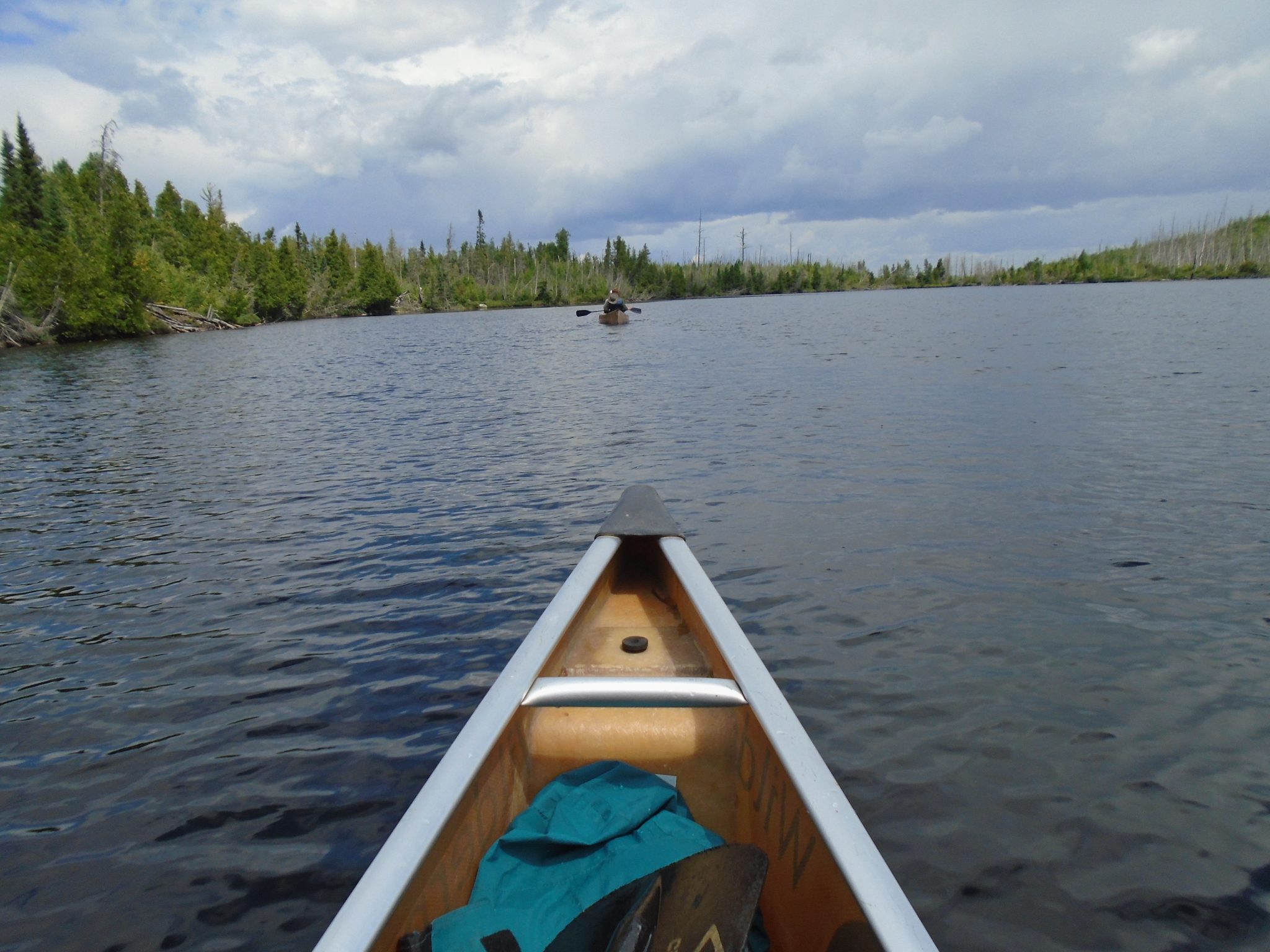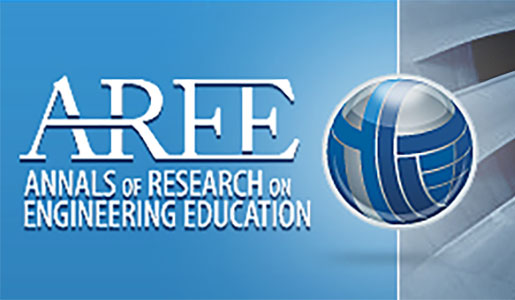Article: Bridging Differences: How Social Relationships and Racial Diversity Matter in a Girls’ Technology Program
Introduction
In this paper, we discuss the social environment of a girls’ technology program, and how social relationships and racial diversity influence girls’ experiences and eventually their success in the program. By understanding how these factors impact girls’ experiences in single-sex STEM programs, educators will be better prepared to create learning environments that will be successful for diverse groups of girls. Findings are presented from a three-year qualitative study of girls’ experiences in Techbridge, a single-sex after-school technology program. Started in 2000, Techbridge introduces girls to STEM concepts through hands-on projects, including web page design, programming, digital storytelling, and animation. Visits with role models and field trips promote career exploration. Techbridge programs serve 350 girls annually at elementary, middle, and high schools. One hundred twenty-six Techbridge girls, ranging in age from 11 to 19 years old, participated in this qualitative study.
Findings
We found that girls’ friendship groups influenced girls’ experiences in Techbridge and eventually their success in the after-school technology programs. The friendship networks frequently reflected patterns of separation between cultural minority groups at each school. These diverse groups offered opportunities for cross-cultural interactions and enrichment; however, they also brought challenges. When girls experienced friendship problems or felt socially isolated in Techbridge, they were more likely to have a difficult time participating in the program, struggled to master new STEM skills, and in some cases, stopped attending altogether.
While dynamics regarding race made Techbridge programs difficult for some girls, the girls themselves often saw these concerns as opportunities for growth and change. These girls valued the opportunity to expand their associations with students beyond their usual friendship group. We developed four interventions to encourage students to work on STEM projects outside of their usual friendship networks, and to assist more mixing across racial groups: (1) Transition Time with Icebreakers, (2) Station Activities, (3) Service-learning Projects, and (4) Diversity Training for Teachers.
Lessons Learned
From our experience, teachers and staff that used the activities noted improvements in the social dynamics in their programs. Interactions across friendship circles increased and racial divisions and tensions decreased. We listened to the concerns of students and parents and, over time, developed a cautious approach to how and when we intervened. We continued to allow the girls to socialize within their groups, but also pushed them beyond their comfort zone to get to know “new people.” Because girls in STEM programs are often already taking risks, it was a balancing act to get these two objectives just right.
Conclusion & Recommendations
Creating community and promoting diversity in a STEM program takes commitment, patience, and trial-and-error intervention. We propose the following recommendations to encourage girls in technology and to bridge differences so that all students feel welcome and can fully participate in STEM programs.
1. Adults need to closely monitor the interactions among girls and act as allies to help them break down barriers.
2. Icebreakers and other kinds of social activities help build community within groups.
3. A project that requires interdependence and cooperation helps encourage students to move beyond their cliques and promote interracial contact.
4. Engage girls in candid conversations about diversity and solicit their ideas for bridging differences.
5. Communicate with parents about the value of promoting interactions across friendship circles and racial groups.
6. Don’t let fear or failure stop you from working to bridge differences between students in extracurricular activities. Problems are certain to arise, but you can learn from them and help girls learn technology skills as well as valuable lessons in cooperating with diverse groups of individuals.
Support Received
This material is based upon work supported by the National Science Foundation under Grant HRD 0080386. Any opinions, findings, and conclusions or recommendations expressed in this publication are those of the authors and do not necessarily reflect the views of the National Science Foundation. Additional information about Techbridge, a program of Chabot Space & Science Center, is available at http://techbridgegirls.org.
Author 1: Linda S. Kekelis [email protected]
Author 2: Rebecca Wepsic Ancheta [email protected]
Author 3: Etta Heber [email protected]
Author 4: Jeri Countryman [email protected]
Article Link:
http://www.begellhouse.com/journals/00551c876cc2f027.html

